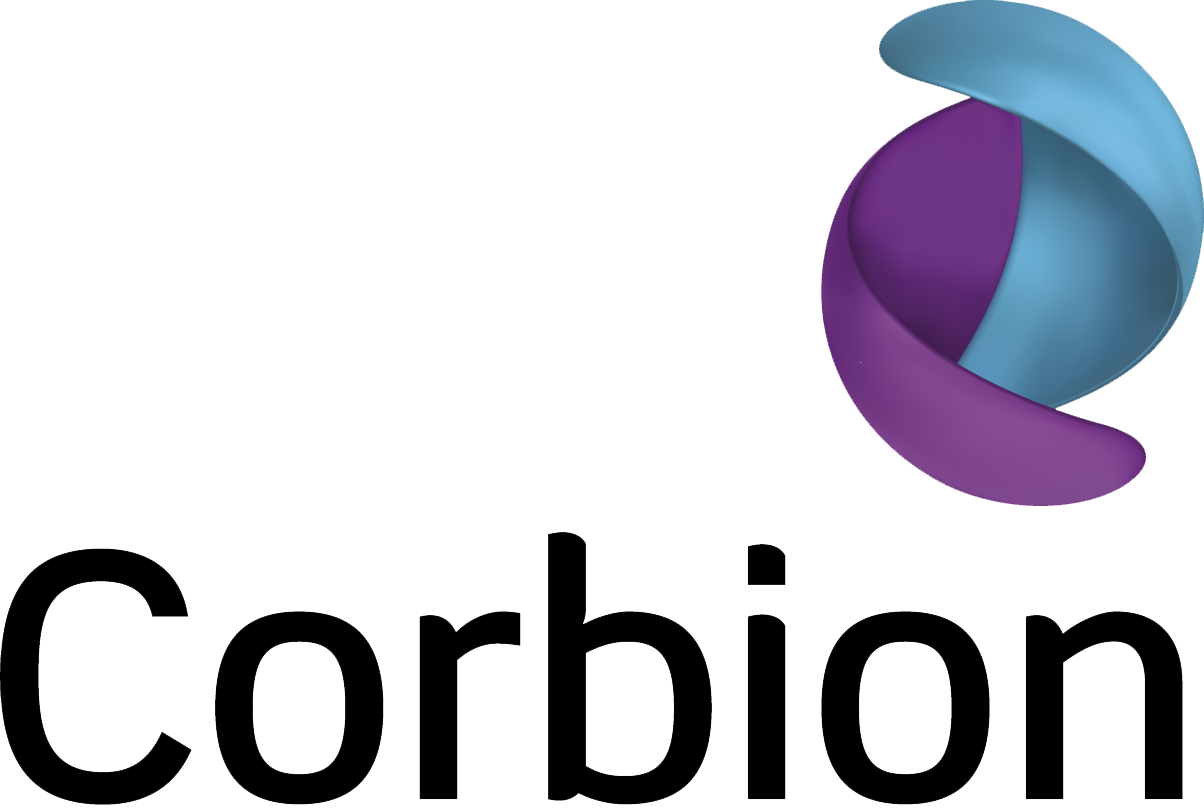12. Intangible fixed assets
Goodwill | Customer base | Brands and licenses | Development costs | Other intangible fixed assets | Total | |
1 January 2022 | ||||||
Acquisition prices | 81.0 | 25.6 | 34.1 | 47.9 | 75.5 | 264.1 |
Cumulative amortization/impairments | -3.3 | -19.5 | -29.7 | -17.2 | -36.5 | -106.2 |
Book value | 77.7 | 6.1 | 4.4 | 30.7 | 39.0 | 157.9 |
Movements | ||||||
Capital expenditure | 0.7 | 13.9 | 14.6 | |||
Exchange rate differences | 5.8 | 0.7 | 0.2 | 0.2 | 0.2 | 7.1 |
Amortization | -1.0 | -0.6 | -3.7 | -10.4 | -15.7 | |
Other | -0.3 | -0.3 | ||||
Net movement in book value | 5.8 | -0.3 | -0.4 | -3.1 | 3.7 | 5.7 |
31 December 2022 | ||||||
Acquisition prices | 87.0 | 27.2 | 34.8 | 49.2 | 90.1 | 288.3 |
Cumulative amortization/impairments | -3.5 | -21.4 | -30.8 | -21.6 | -47.4 | -124.7 |
Book value | 83.5 | 5.8 | 4.0 | 27.6 | 42.7 | 163.6 |
Movements | ||||||
Capital expenditure | 0.7 | 14.2 | 14.9 | |||
Exchange rate differences | -2.2 | -0.1 | -0.1 | -2.4 | ||
Amortization | -0.9 | -0.5 | -2.4 | -14.6 | -18.4 | |
Other | -1.7 | 0.4 | -1.3 | |||
Net movement in book value | -2.2 | -0.9 | -0.6 | -3.5 | 0.0 | -7.2 |
31 December 2023 | ||||||
Acquisition prices | 84.7 | 26.8 | 34.2 | 47.4 | 91.0 | 284.1 |
Cumulative amortization/impairments | -3.4 | -21.9 | -30.8 | -23.3 | -48.3 | -127.7 |
Book value | 81.3 | 4.9 | 3.4 | 24.1 | 42.7 | 156.4 |
Amortization rates | 7 - 20% | 5 - 10% | 5 - 33.3% | 33.3% |
Goodwill
Goodwill impairment test
Goodwill is allocated to Corbion's cash-generating units identified as the operating segments. The operating segments Sustainable Food Solutions and Lactic Acid & Specialties represent the levels to which company goodwill is allocated for the purposes of impairment testing. The Algae Ingredients and Incubator segments do not contain any goodwill.
Key reasons for this approach are:
-
It represents a non-arbitrary, reasonable, and consistent basis for the allocation of goodwill.
-
The allocation is in line with the expected synergies at the time of an acquisition with benefits for more than one entity.
-
The allocation represents the lowest level where goodwill is monitored by the Executive Committee, while not being larger than the operating segments.
Breakdown of the book value of the goodwill by segment
As at 31-12-2023 | As at 31-12-2022 | |
Sustainable Food Solutions | 79.1 | 81.3 |
Lactic Acid & Specialties | 2.2 | 2.2 |
Total operations | 81.3 | 83.5 |
The recoverable amount of both segments is determined using a value-in-use method. The main assumptions used are derived from the financial and business plans for 2024 which have been approved by the Board of Management. From 2025 onwards a stable growth of 1% (consistent with the goodwill impairment test in prior year) is taken into account in combination with a relatively constant cost structure.
The future cash flows are discounted on the basis of the WACC before tax.
Overview of the WACC used
As at 31-12-2023 | As at 31-12-2022 | |||
pre-tax | post-tax | pre-tax | post-tax | |
Sustainable Food Solutions | 10.0% | 8.3% | 10.4% | 8.4% |
Lactic Acid & Specialties | 11.3% | 9.6% | 11.9% | 9.5% |
In addition, sensitivity analyses have been carried out in respect of the assumptions using:
-
terminal value growth of 0%;
-
a discount rate of +1%.
Both assumptions applicable at the same time would not lead to any impairment.
Given the above assumptions and the outcome of analyses, the Board of Management has concluded that the value in use of both segments is not lower than the book value of the segments including goodwill.
Customer base
The customer base comprises the part of the paid acquisition sum which, upon acquisition, is allocated to the value of the acquired customer base. It is valued at fair value as at the acquisition date and amortized using a straight-line method over the estimated economic life. Amortization charges arising from the customer base are recognized in selling expenses.
Brands and licenses
Brands and licenses comprise the part of the paid acquisition sum which is allocated to the value of the acquired trademarks and product licenses. Brands and licenses are valued at fair value as at the acquisition date and subject to straight-line amortization calculated over the estimated economic life. Amortization charges arising from brands and licenses are recognized in selling expenses.
Research and development costs
Research and development costs comprise the part of the paid acquisition sum which is allocated to the value of the acquired research and development costs. These costs are valued at fair value as at the acquisition date. Own research costs are not capitalized, but charged to the income statement. Own development costs are capitalized only if the expenditure can be measured reliably, the product or process is technically and commercially feasible, future economic benefits are probable and Corbion intends to and has sufficient resources to complete development and to use or sell the assets. Otherwise, it is recognized in profit or loss as incurred. Research and development costs are valued at cost and amortized using a straight-line method over the estimated economic life. Amortization charges arising from research and development costs are recognized in research and development costs.
Other intangible fixed assets
Other intangible fixed assets consist primarily of capitalized or acquired third-party software and licenses and directly attributable personnel costs. Other intangible fixed assets are valued at historical cost if capitalized or at fair value if acquired and amortized on a straight-line basis over the estimated economic life. Software and licenses amortization charges are recognized in general and administrative expenses. Emission rights are not recognized in the statement of financial position as cost is zero.

